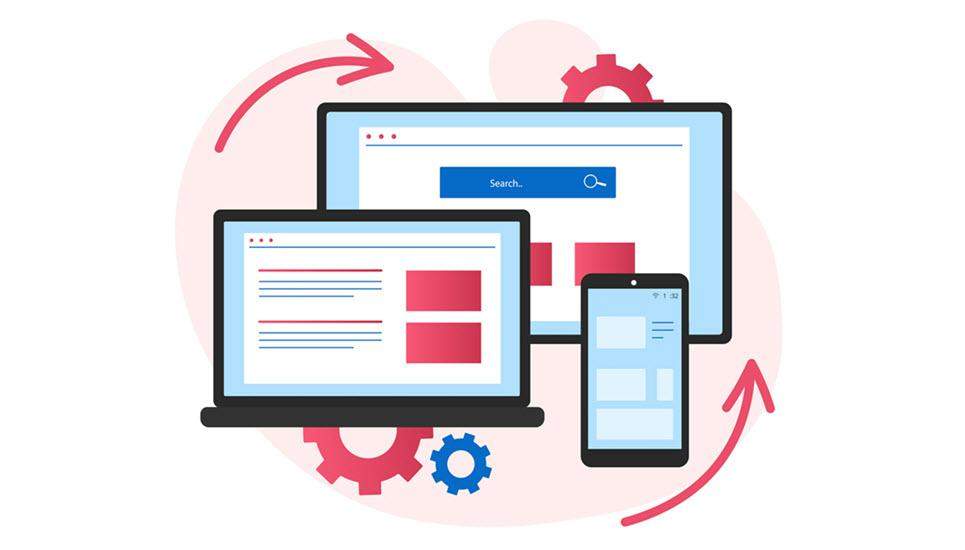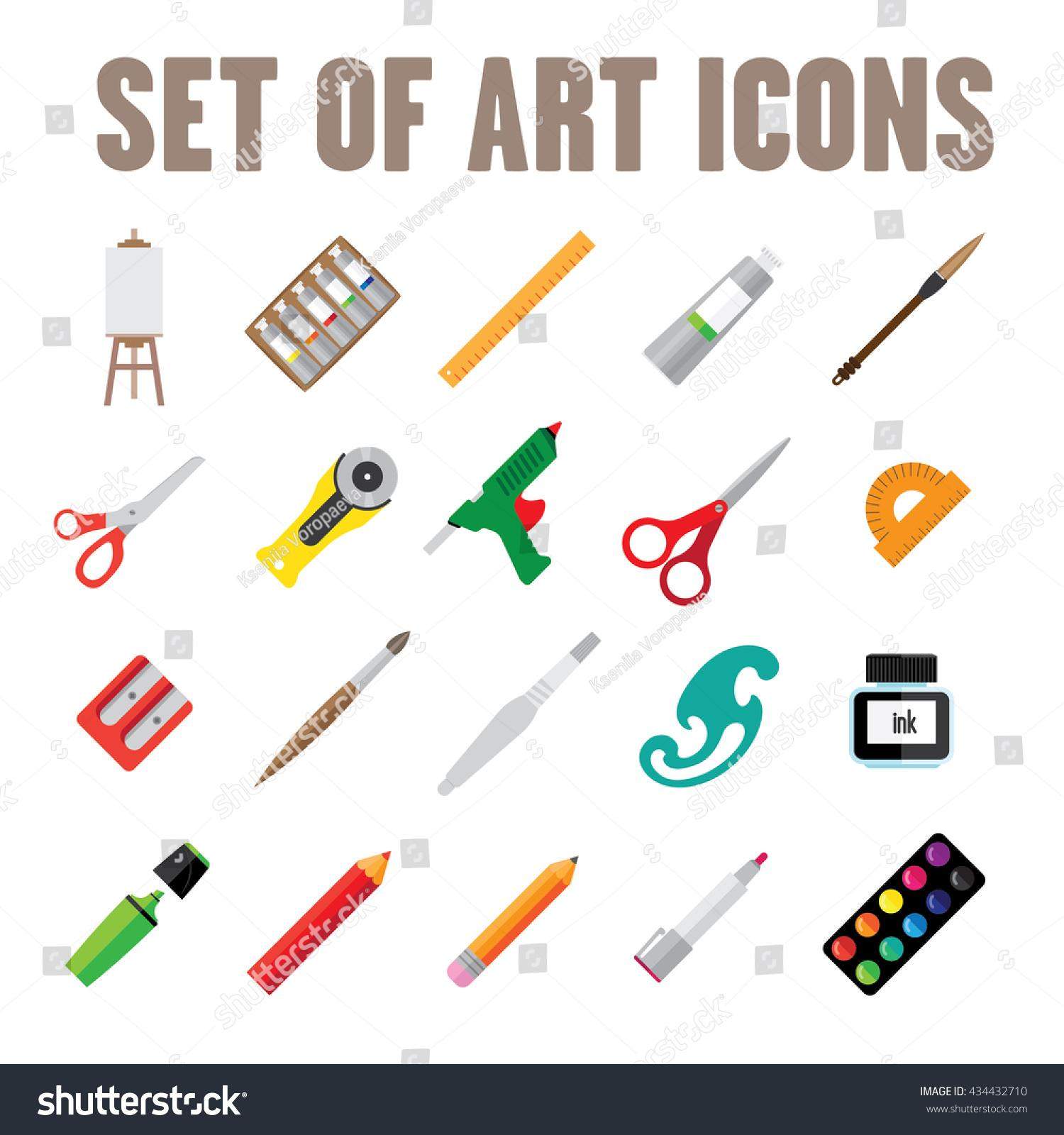In today’s digital landscape, standing out in a sea of content is more crucial than ever. Whether you’re a seasoned marketer or a budding entrepreneur, mastering the art of Search Engine Optimization (SEO) can be the key to unlocking the potential of your online presence. With search engines continuously evolving, keeping your strategies up-to-date has become a necessity rather than an option. In this listicle, “Unlocking Search Success: 5 Essential SEO Optimization Tips,” we will dive into five straightforward yet powerful techniques designed to elevate your website’s visibility and improve your ranking. From mastering keyword research to enhancing user experience, each tip will equip you with practical insights that can make a tangible difference. Prepare to transform your approach and watch your traffic soar!
1) Prioritize Quality Content: In the world of SEO, content is king. Create well-researched, engaging, and original content that addresses your audiences needs. Regularly updating your site with fresh articles, blog posts, or informative guides not only keeps users engaged but also signals to search engines that your site is active and valuable
In today’s digital landscape, producing exceptional content is essential for attracting both users and search engines. Start by focusing on well-researched topics that resonate with your audience’s interests and pain points. Use various formats—like articles, infographics, and videos—to enhance engagement. Maintain originality and ensure your content offers unique insights or solutions, allowing you to establish authority within your niche. Regularly updating your website with fresh material not only keeps your current visitors coming back but also draws in new traffic eager for the latest information.
To further optimize your content, consider implementing a strategy that incorporates keyword research into your writing process. Identifying relevant keywords and integrating them naturally throughout your content enhances the likelihood of ranking high in search results. A well-structured approach can be visualized as follows:
| Content Element | Best Practices |
|---|---|
| Headlines | Use compelling, keyword-rich titles that entice clicks. |
| Body Content | Break up text with subheadings and bullet points for easy readability. |
| Images & Media | Incorporate relevant visuals with optimized alt tags. |
| Call to Action | Encourage readers to take specific actions (e.g., share, comment). |

2) Embrace Keyword Research: Discovering the right keywords is crucial for success in SEO. Utilize tools like Google Keyword Planner or Ahrefs to identify search terms relevant to your niche. Focus on both short-tail and long-tail keywords to capture a wider audience and implement them naturally in your content, headings, and meta descriptions
To enhance your website’s visibility, dive deep into the world of keyword research. Tools such as Google Keyword Planner and Ahrefs are your best friends in identifying search terms that resonate with your audience. Start by brainstorming a list of topics relevant to your niche, then explore suggested keywords and their metrics to find high-traffic options. Make sure to balance your focus between short-tail keywords—the concise, highly searched terms—and long-tail keywords—the more specific phrases that often yield higher conversion rates. Utilizing a rich combination can significantly widen your reach and attract both casual browsers and targeted searchers.
After identifying your target keywords, it’s crucial to integrate them seamlessly throughout your content. Ensure these keywords appear in key areas such as headings, meta descriptions, and body text, while maintaining a natural flow. Clunky keyword stuffing could harm your rankings, so aim for readability. Here’s a simple overview to help visualize the implementation of different keyword types:
| Keyword Type | Example | Usage |
|---|---|---|
| Short-tail | “SEO tips” | Used in headings or meta titles for broad visibility |
| Long-tail | “best SEO tips for small businesses” | Integrated naturally in content to target specific queries |

3) Optimize for Mobile: With more users accessing sites via mobile devices than ever before, ensuring your website is mobile-friendly is essential. Implement responsive design to provide an optimal viewing experience across all devices. A fast-loading, easy-to-navigate mobile site can lead to higher engagement rates and lower bounce rates, positively impacting your SEO rankings
With the surge in mobile device usage, a comprehensive mobile optimization strategy has become indispensable for websites. Responsive design is the cornerstone of this strategy, allowing your site to adapt seamlessly to various screen sizes, from smartphones to tablets. By minimizing the need for users to resize their screens or scroll horizontally, you provide a more enjoyable browsing experience. Additionally, fast-loading times are crucial; research shows that users are more likely to abandon sites that take longer than three seconds to load. Prioritizing these elements not only enhances user satisfaction but also helps in retaining visitors on your page longer, reducing bounce rates.
Furthermore, consider the following aspects to elevate your mobile site:
- Touch-friendly navigation: Ensure buttons and links are easy to tap.
- Readable fonts: Use clear, legible typography that doesn’t require zooming in.
- Optimized images: Compress and size images appropriately to boost loading speed.
- Minimal pop-ups: Limit the use of pop-ups that can disrupt the user experience.
By aligning your website with these mobile-friendly principles, you not only cater to the preferences of the growing mobile audience but also strengthen your overall SEO performance.

4) Improve Loading Speed: A slow website can hinder user experience and lead to higher bounce rates. Optimize images, leverage browser caching, and minimize HTTP requests to improve your site’s loading time. Search engines favor fast-loading sites, so incorporating these enhancements can be a game-changer in your quest for better search visibility
A sluggish website not only frustrates users but also risks damaging your search rankings. To ensure a seamless browsing experience, focus on optimizing images by compressing them without sacrificing quality. Tools like TinyPNG or ImageOptim can significantly reduce image sizes, leading to faster load times. Additionally, activating browser caching allows returning visitors to load your site much quicker, as their browsers can store certain elements locally. This reduces the need for repeated data retrieval from your server, enhancing overall speed.
Another crucial element to consider is minimizing HTTP requests. Each element on your webpage—images, scripts, and stylesheets—requires a request to load, which accumulates and slows down your site. By combining files or using CSS sprites for images, you can decrease the number of requests made. To visualize the impact of these optimizations, consider the table below, which illustrates potential loading times before and after implementing these enhancements:
| Optimization Strategy | Time Improvement |
|---|---|
| Image Compression | 20-50% faster |
| Browser Caching | Up to 70% faster for returning visitors |
| Minimized HTTP Requests | 15-30% faster |
In Conclusion
As we wrap up our journey through the essential SEO optimization tips that can unlock the doors to search success, remember that the digital landscape is ever-evolving. Much like a master key, these strategies can help you navigate the intricacies of search engines and elevate your online presence. By consistently applying these five techniques, you’re not only optimizing your content but also catering to the needs of your audience.
Embrace experimentation, stay informed about the latest trends, and always be prepared to adapt. SEO is not a one-time effort but an ongoing commitment to excellence. With patience and persistence, you’ll see your hard work pay off as your content climbs the ranks and reaches your desired audience.
So gear up, get started, and watch your digital footprint grow. Here’s to unlocking your search success—because every click counts!




